
Are you prepared to set out on a journey that will bend your perception of flexibility? Prepare to be amazed as we, the best yoga teacher trainers unveil the extraordinary powers of Padangusthasana. This transformative yoga pose can help you reach your full potential and increase your flexibility to unheard levels. Gain insights into the profound mental and physical benefits that come with mastering the post.
What is Padangusthasana?
Padangusthasana is a standing asana, also known as the Big Toe Pose or Hand-to-Big-Toe Pose in the Ashtanga yoga tradition. This pose is known to have the potential to improve your overall flexibility, strength, and balance. Its name is derived from the Sanskrit terms “pada,” which means foot; “angustha,” which means big toe; and “asana,” which means pose. This asana is the twelfth in the Bikram Yoga asana sequence. Notably, Padangusthasana is good for people who have flat feet, as it helps to stretch and strengthen foot-supporting muscle groups.
Padangusthasana is now commonly taught in a variety of yoga styles, including Hatha, Vinyasa, and Ashtanga. It is frequently used in sequences aimed at stretching the hamstrings, relieving lower back tension, and improving our overall flexibility.
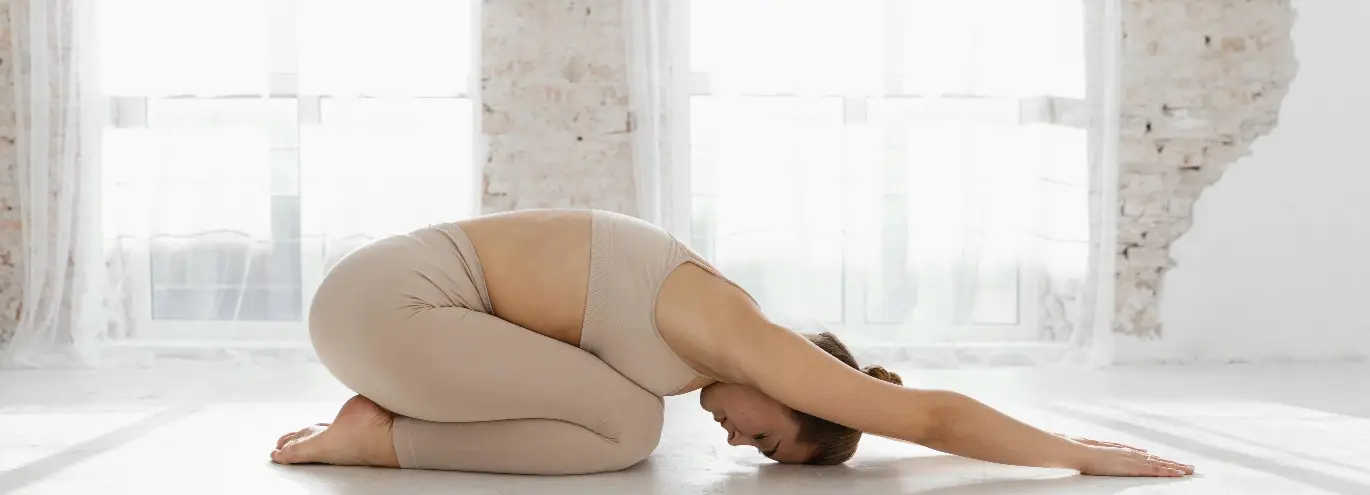
Why should you do Padangusthasana?

Greater Balance
This standing posture calls for stability and balance, making it a great exercise for raising your balance level. Through practice, you can develop your leg and core strength, which will help maintain stability through a variety of yoga poses.

Increased Leg Strength
Padangusthasana engages and strengthens the leg muscles, such as your quadriceps, calf muscles, and ankles. Stronger legs contribute to better posture, support during physical activities, and a lower risk of injury.

Digestive Stimulation
The abdominal compression in Padangusthasana can help stimulate the digestive organs, aiding digestion and relieving constipation.

Better Blood Circulation
Padangusthasana’s inverted position stimulates blood flow to the upper body and brain. This increased circulation can improve oxygenation, nutrient supply, and detoxification, leaving you feeling revitalized and refreshed.

Reproductive Health Support
By stimulating the reproductive organs, it provides relief for women experiencing painful menstruation and menopausal discomfort.
How is Padangusthasana Done?
Warm up your body for Padangusthasana by doing a few rounds of Sun Salutations or gentle stretches to loosen your muscles and joints.
Preparatory Poses
Supta Padangusthasana
Adho Mukha Svanasana
Uttanasana
Pashchimottanasana
Starting Position
Begin by standing tall, feet hip-width apart, arms by your sides, and weight evenly distributed on both feet. Inhale deeply, lengthening your spine, and exhale by engaging your core muscles.
A step-by-step breakdown of the Padangusthasana pose
Stand Tall
With your feet firmly planted on the ground and your weight evenly distributed, stand tall and ground yourself.
Align the Body
Engage your core muscles to stabilize your body and make sure your hips, shoulders, and spine are aligned properly.
Exhale and Bend Forward
As you bend forward slowly, keep your back straight by hinging at the hips.
Reach for Your Toes
Extend your arms in front of you or reach for your toes to lengthen and relax your upper body. Inhale deeply as you lift your body, making sure your legs and elbows are straight. Hold this position for 50–60 seconds. Repeat this sequence 8–10 times a day.
Useful modifications and Props
Yoga Strap
If you find it difficult to touch your toes, wrap a yoga strap around the balls of your feet and hold on to it to maintain a mild stretch.
Knee Bending
If you have tight hamstrings, it is acceptable to slightly bend your knees during the forward fold to lessen the stretch. You should then work your way up to straightening them.
Follow-Up Poses
Utkatasana
Trikonasana
Remember to listen to your body and avoid any uncomfortable or painful positions. Take your time with the practice and enjoy it.
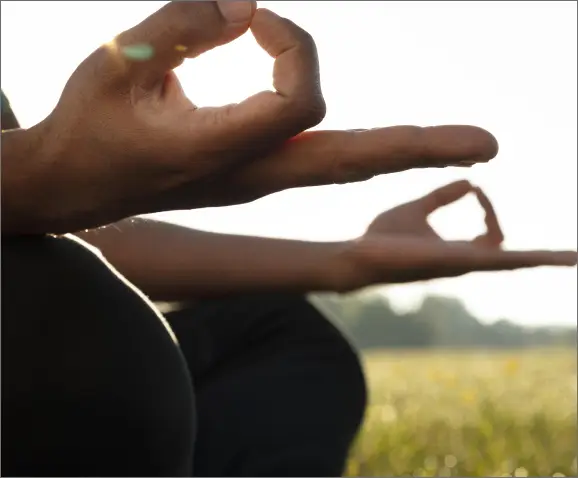
Common mistakes to avoid in Padangusthasana
- Maintain a long spine and fold forward from the hips rather than the upper back to avoid rounding your back.
- Avoid hyperextending or locking your knees while straightening your legs. Maintain a slight bend in the knees to avoid strain and injury.
- Maintain a neutral neck alignment with the rest of your spine, and avoid sticking your chin forward or looking up.
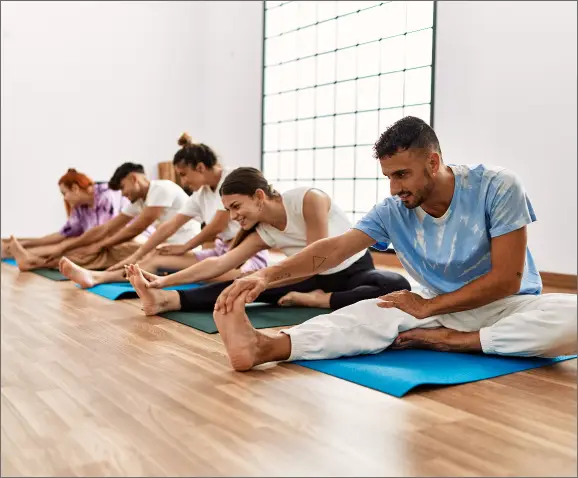
Balance your breathing
As you enter Padangusthasana, exhale and bend forward, reaching for your toes. Take a deep breath, tighten your core, and lift your body as you come off the pose. Concentrate on taking deep breaths and letting them naturally exit your body. Focus on stretching and alignment while using your breath to relax and ease your body.
Variations to keep in mind:
Strap Variation
Wrap a yoga strap around the balls of your feet to help you reach your toes and enjoy a gentle stretch.
Toe Hold Variation
For a deeper stretch in the hamstrings and calves, wrap your index and middle fingers around the big toe of each foot.
Half Padangusthasana
To modify the pose, keep the other leg straight and concentrate on the stretch in that leg while bending one knee just enough to support it.
Benefits offered by Padangusthasana
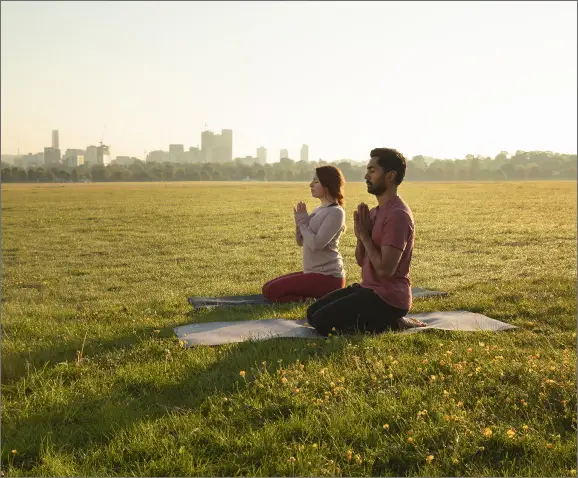
Physical Benefits
- Padangusthasana stretches and strengthens muscles such as the hamstrings, calves, and lower back, promoting flexibility and muscle tone.
- Regular practice of Padangusthasana improves flexibility, especially in the legs and hips, as well as balance and stability.
- Padangusthasana stimulates your abdominal organs, such as your digestive system, promoting healthy digestion and reducing digestive discomfort.
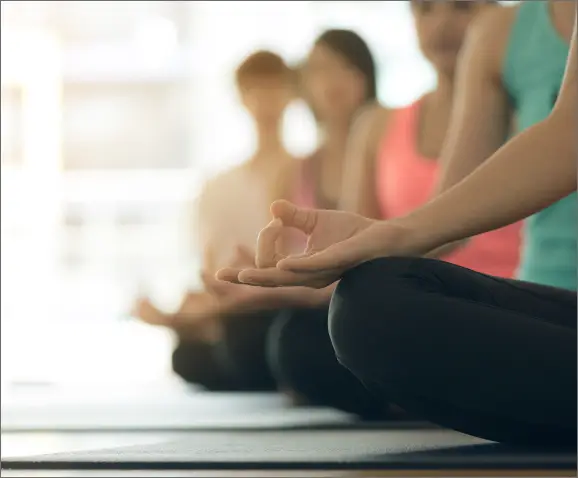
Mental and Emotional Benefits
-
Padangusthasana improves mindfulness and concentration by focusing on body alignment, breath, and movement, fostering mental clarity and presence.
This practice reduces stress and anxiety.
It promotes emotional balance by releasing physical and mental tension.
Takeaway
Today we learned that Padangusthasana offers physical benefits such as muscle stretching and strengthening, improved flexibility and balance, and stimulation of the abdominal organs. It offers mindfulness, stress relief, and emotional balance for your body.
Including this asana in your daily routine can help you achieve a more flexible, balanced, and centered body and mind. Embrace this opportunity to improve the quality of your life. To delve deeper into the world of yoga, subscribe to our newsletter for regular updates and read our related articles on yoga and mindfulness.
